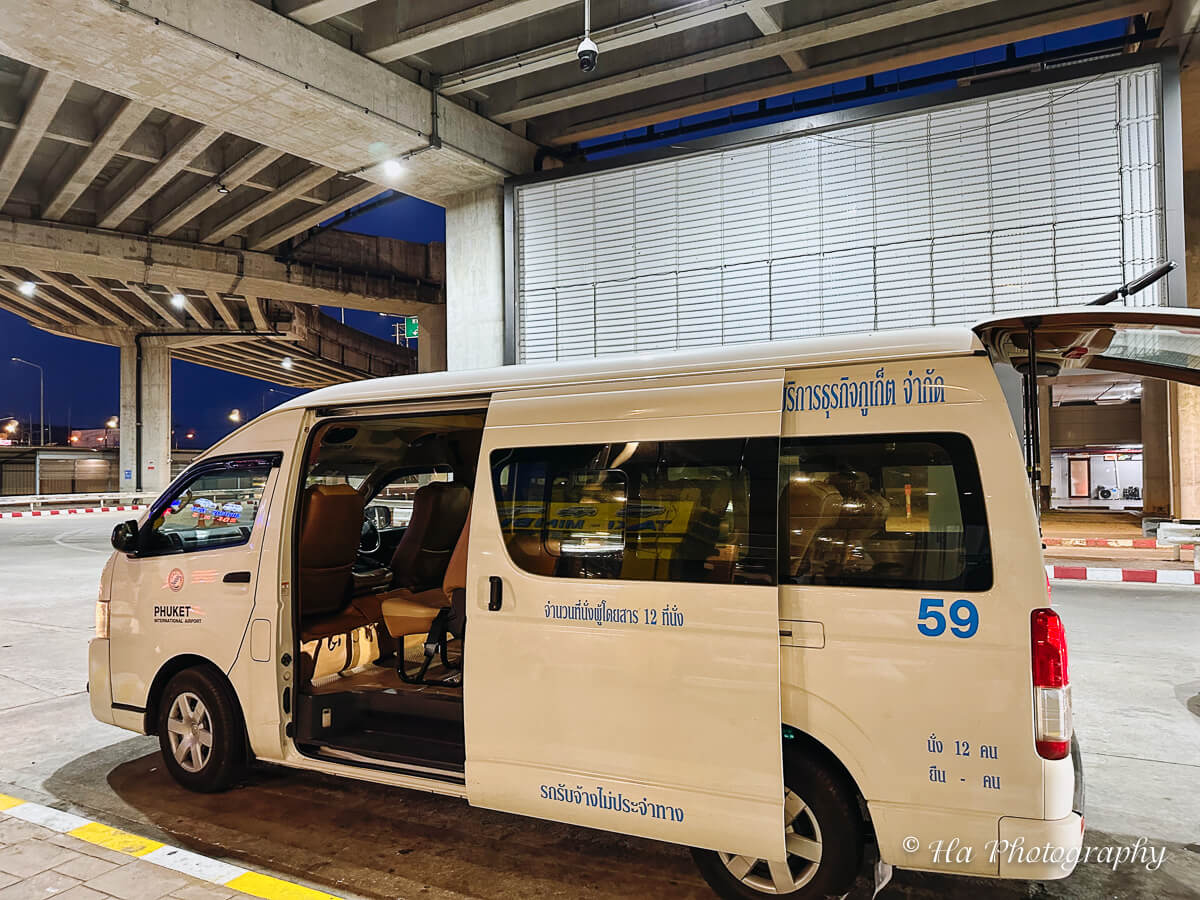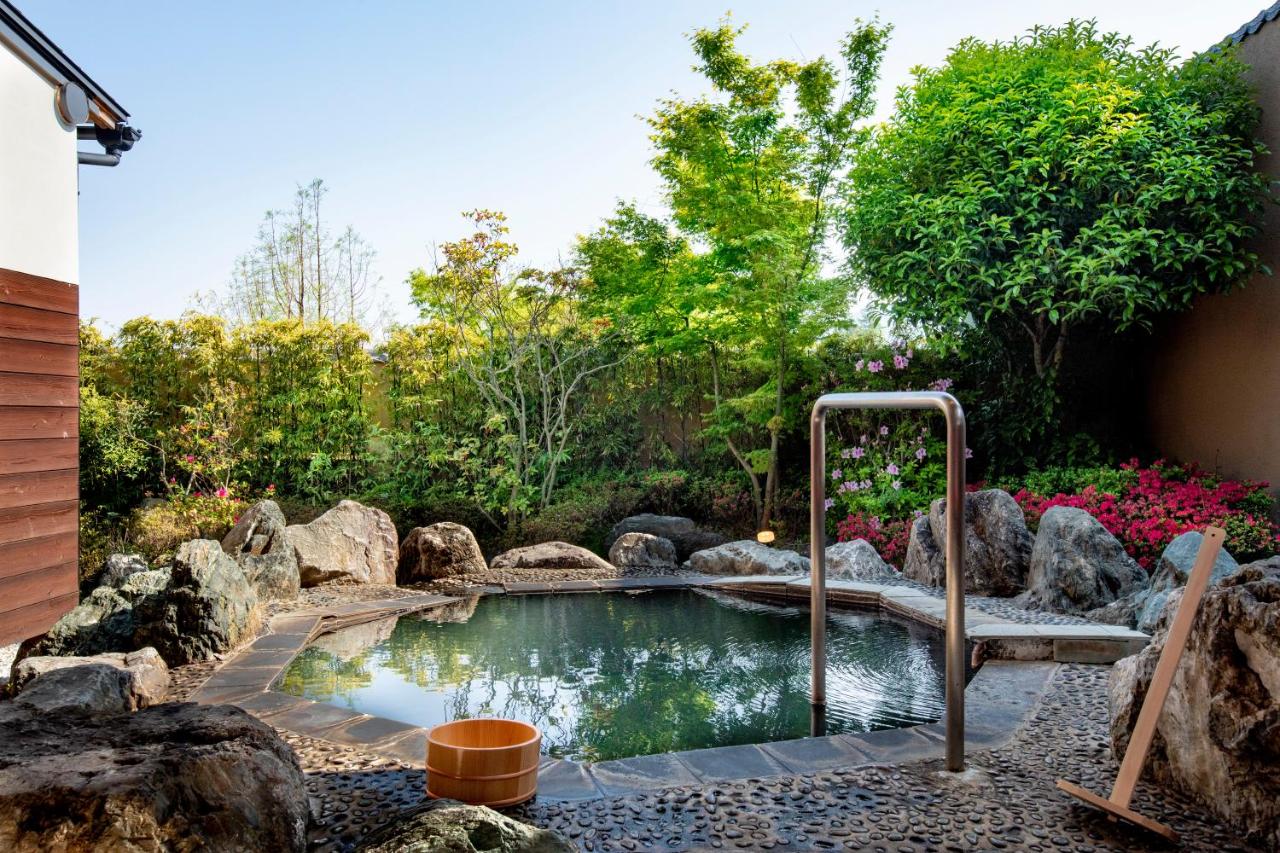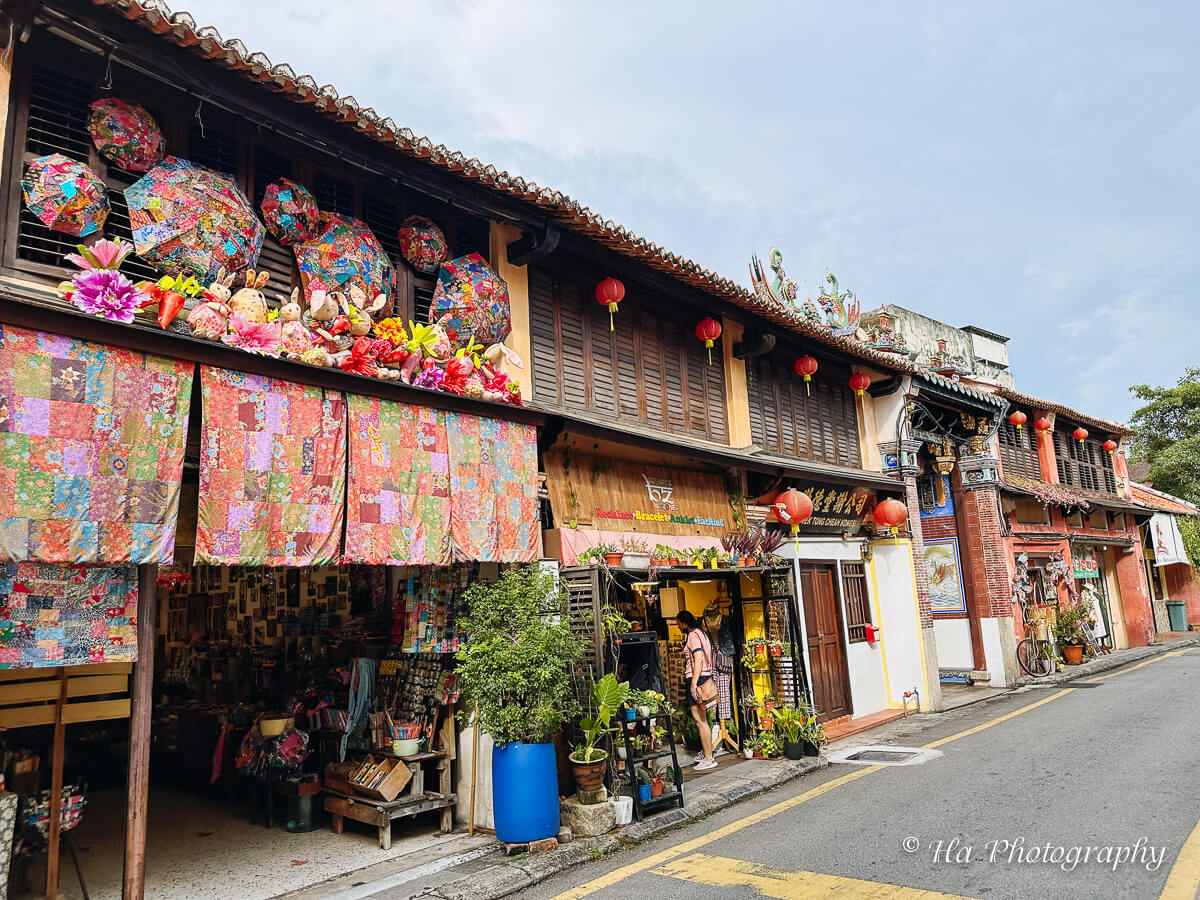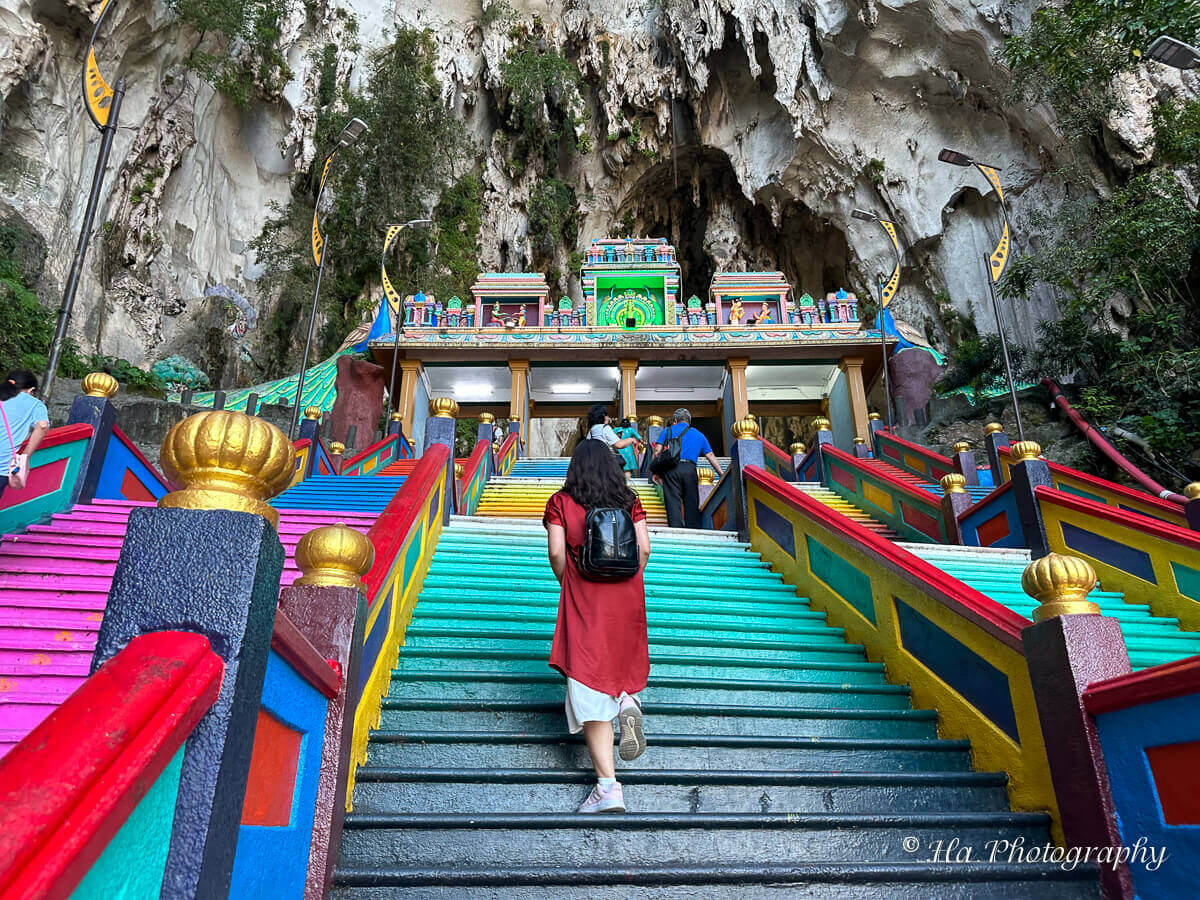Tokyo Travel Guide: Exploring Japan’s Vibrant Capital
Tokyo is a sprawling metropolis where high-tech wonders and ancient traditions meet. It’s one of my favorite cities in Japan, and I’ve visited Tokyo several times. In this Tokyo travel guide, I’ll share useful tips about traveling to Tokyo, so you can plan an awesome trip to this vibrant city.
Practical Information
Language: The official language is Japanese, but you’ll find English signs in most tourist areas and English speakers in hotels and restaurants. But learning a few Japanese phrases wouldn’t hurt!
Currency: The currency is yen (JPY), and while credit cards are accepted in most places, Japan is still very much a cash-based society, so keep some handy.
Emergency Numbers: The emergency phone number in Japan for police is 110, and for fire and ambulance services, it’s 119. There’s also a Japan Visitor Hotline, 050-3816-2787, available 24/7.
Visa Requirements: You may need a visa to enter Japan depending on your nationality. Check with your local Japanese embassy or consulate before your trip.
Learn more: Useful things to know before visiting Japan.
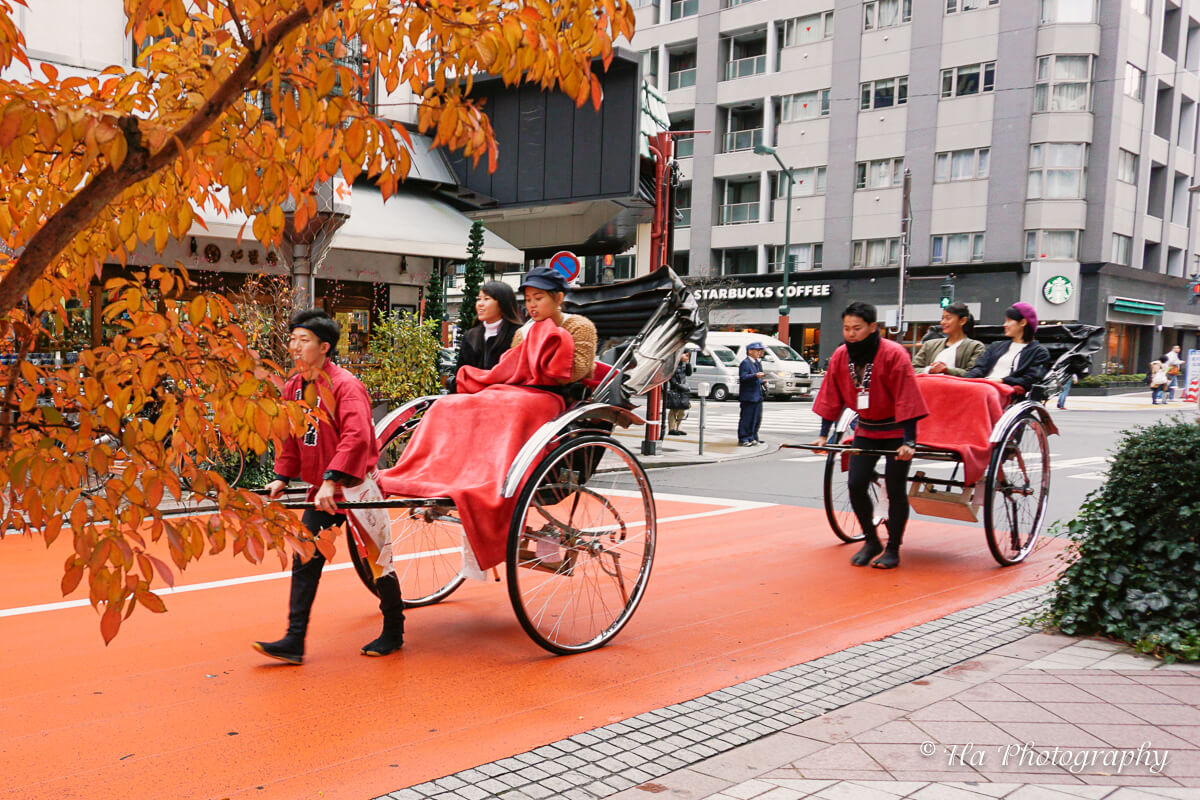
Tokyo Airport Transfer Options
Tokyo has two main airports: Narita and Haneda. Both have plenty of convenient options to whisk you off to your destination.
From Narita Airport
If you’re landing at Narita International Airport, the Narita Express (N’EX) is a popular choice.
It’s a high-speed train that’ll get you to Tokyo Station in just under an hour. The best part? It’s covered by the Japan Rail Pass if you have one!
An alternative is the Keisei Skyliner, which speeds you to Ueno Station in about 45 minutes. It’s not covered by the JR Pass, but it’s efficient and comfy.
If you’re more into direct service, consider airport limousine buses.
They can drop you off right at major hotels in Tokyo. It might be a bit slower due to traffic, but it’s a hassle-free option, especially with lots of luggage.
From Haneda Airport
For those arriving at Haneda Airport, the Tokyo Monorail or the Keikyu Line are your best bets.
Both will get you into the city center in under 30 minutes. Plus, the monorail gives you a scenic ride – great for a first glimpse of Tokyo!
Now, let’s not forget about private car charters. They offer door-to-door convenience but can be a bit pricey. So, weigh your options and choose what suits you best.
How to get around Tokyo
Tokyo’s public transport system is top-notch. It might seem like a tangled web at first, but trust me, you’ll get the hang of it quickly.
The city is served by JR trains, subways, private line trains, and buses.
The JR Yamanote Line is your new best friend, running in a loop and connecting major city centers. The Tokyo Metro and Toei Subway lines also get you pretty much anywhere.
And don’t forget about the buses and taxis for when your feet need a break.

Get yourself a Pasmo or Suica card. They’re prepaid cards that you can use on pretty much all trains and buses, plus they’re rechargeable. Talk about convenience!
Now, if you’re thinking about driving in Tokyo – pause. Between the dense traffic, complicated road systems, and expensive tolls and parking, it’s best to stick to public transportation.
Where to stay in Tokyo
So where to stay in Tokyo? From fancy to frugal, Tokyo has got you covered.
If you want to be at the center of the action, consider staying in Shinjuku. Here, you’ll be in the middle of a bustling shopping district and vibrant nightlife scene, with plenty of access to public transportation.
Or you can stay in one of the charming ryokans in Tokyo, and soak in Japanese culture.
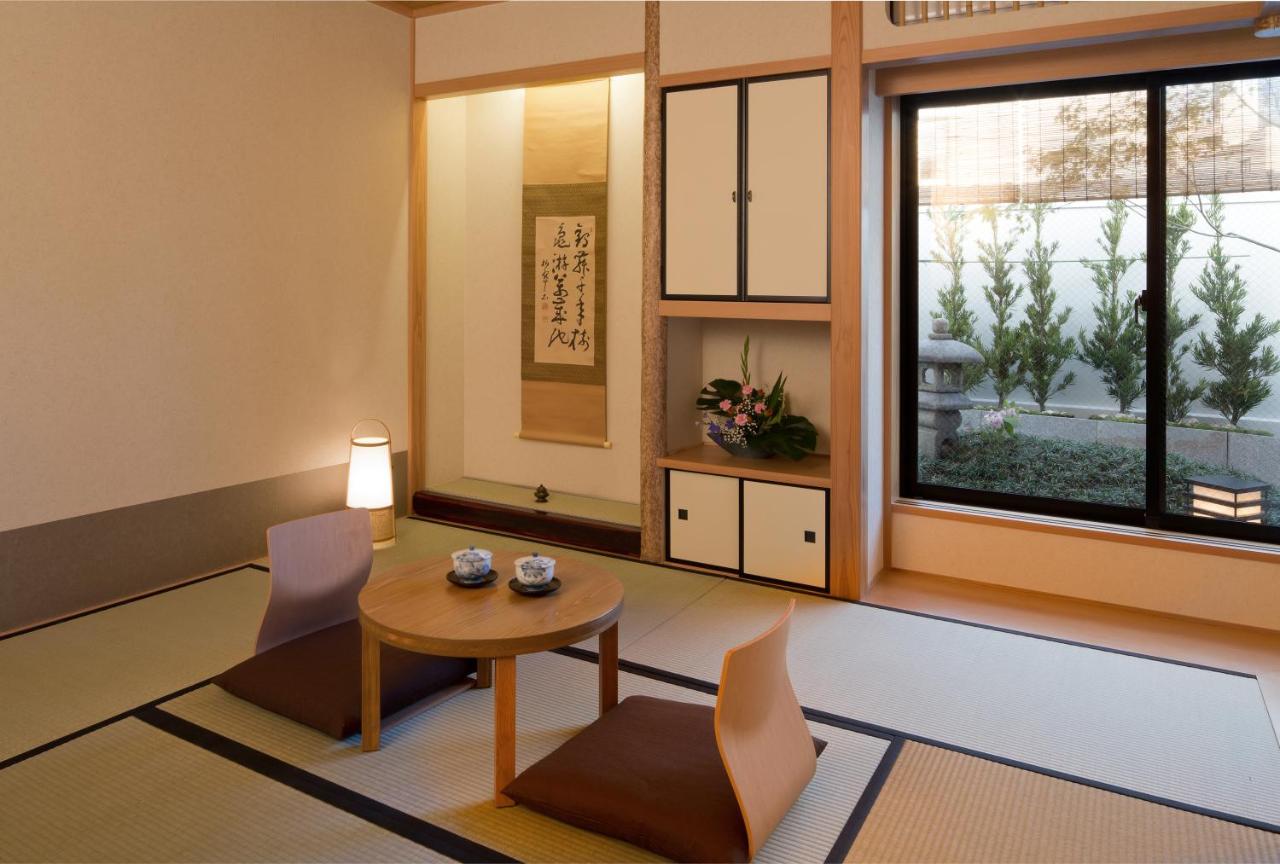
For something a little quieter and more traditional, Asakusa could be your spot. Known for its old Tokyo vibe, Asakusa is home to Senso-ji Temple, Tokyo Skytree, and a variety of affordable hostels and guesthouses.
For a touch of luxury, check out the areas of Marunouchi, Roppongi, or Ginza where high-end hotels dominate.
For me, I usually divide my stay between Asakusa and Shinjuku.
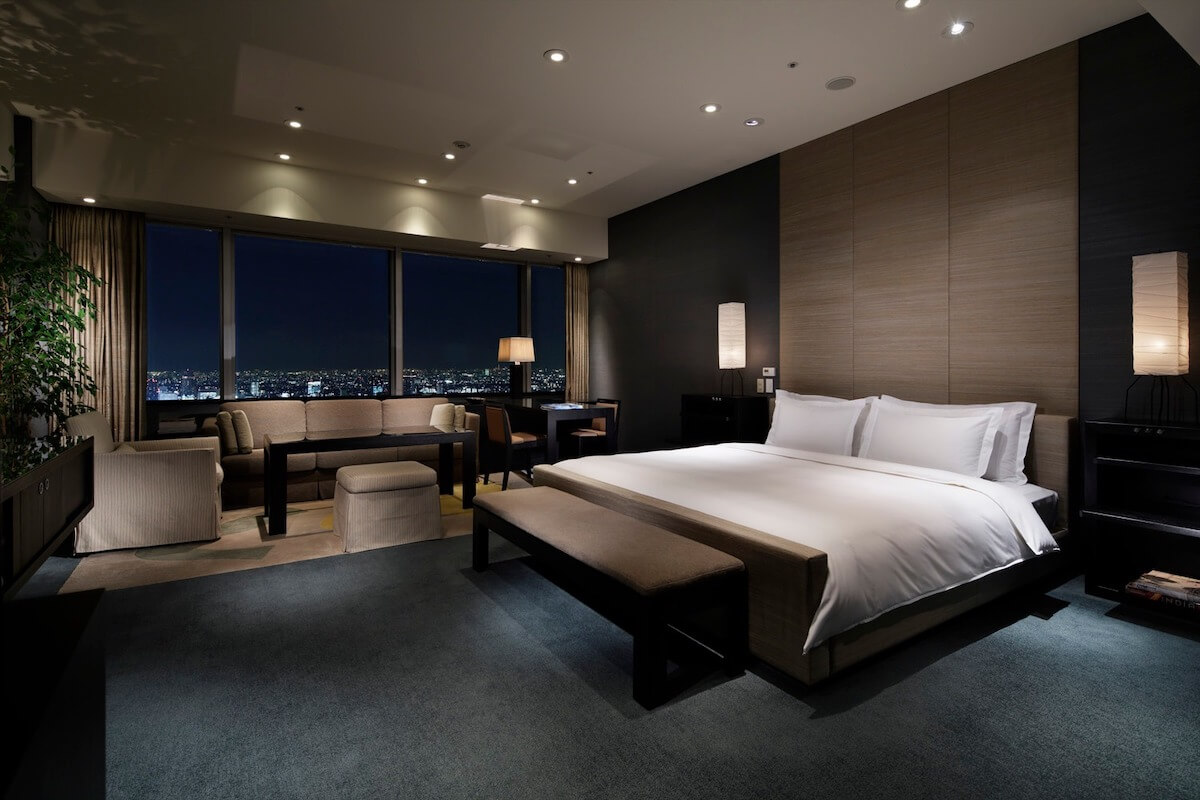
Tokyo travel expense
How much should I budget per day in Tokyo? Let’s break down a rough budget for a trip to Tokyo:
- Accommodations: A budget hotel or guesthouse can cost around $50 USD per night, a mid-range hotel will be about $150 USD, and luxury options start from $300 USD.
- Food: Budget for about $5-$15 USD for cheap eats, $30-$50 USD for mid-range restaurants, and $100+ USD for high-end dining per meal.
- Transportation: Metro costs about $1.50-$3.00 USD per trip. If you plan to explore more, consider a 7-day Japan Rail Pass for around $280 USD.
- Attractions: Many are free, but some like Tokyo Disneyland cost around $75 USD for a one-day pass.
- Shopping & Souvenirs: Set aside an amount that fits your shopping plans, could be anywhere from $50 to hundreds of dollars.
In total, for a budget trip, plan for at least $100-$150 USD per day (excluding flights and accommodations).
For a more comfortable stay with some splurging, you might look at $200-$300 USD per day.
Best Time to Visit Tokyo
Tokyo is truly a city for all seasons, so it’s hard to find the best time to visit Tokyo.
If you love cherry blossoms, you’ll want to visit in spring (late March to early April) when the city is awash with pink.
On the flip side, autumn (late November to early December) paints the city in fiery hues of red, orange, and gold.
Summers in Tokyo (July to September) can be hot and humid, but the numerous festivals and fireworks make up for it.
And winters (December to February) can be quite chilly but rarely see heavy snow, making it a nice time for sightseeing.

How long to stay in Tokyo
There’s so much to see and do in Tokyo, you could spend a lifetime and not see it all.
But if you’re on a regular vacation schedule, I’d recommend spending at least 3 to 7 days in Tokyo.
That will give you enough time to explore the different districts, visit the major attractions, sample the local cuisine, and even take a couple of day trips to nearby locations.
Plus, you’ll want a bit of downtime to just soak in the vibe of this awesome city.
Best things to do in Tokyo
Where to begin? Tokyo is a city bursting at the seams with things to do.
History buffs will want to check out the Sensoji Temple in Asakusa and the Meiji Shrine in Shibuya.
For a taste of modern Tokyo, head over to the bustling crossroads of Shibuya Crossing and then shop till you drop in the fashion hub of Harajuku.
You can’t miss the sweeping views from the Tokyo Skytree, the world’s tallest tower.
For a little bit of tranquility in the middle of the city, the Imperial Palace East Gardens are a must.

3-Day Tokyo Itinerary
You’ve got 3 whole days in Tokyo. There’s so much to see and do, but I’ll help you plan an itinerary that hits some of the major highlights.
Day 1: Traditional Tokyo
Start with Asakusa, home to the ancient Sensoji Temple. Wander around Nakamise Shopping Street, packed with traditional souvenirs and snacks.
Afterward, hop over to Ueno Park. Visit the Tokyo National Museum or the Ueno Zoo.
Close your day with a sunset boat ride on the Sumida River.
Day 2: Modern Tokyo
Experience the famous Shibuya Crossing and visit Hachiko’s statue.
Then, head over to Harajuku for quirky fashion and Takeshita Street’s crepes.
End your day in Shinjuku. Visit the Metropolitan Government Building’s observatory for a panoramic city view, and explore the lively nightlife in Golden Gai.
Day 3: Relax and Explore
Explore the East Gardens of the Imperial Palace and do some upscale shopping in the posh district of Ginza.
You can squeeze in a food tour in the evening too.
If you have an extra day, check out Tokyo DisneySea – one of its kind!
Best day trips from Tokyo
While there’s plenty to keep you busy in Tokyo, it’s worth venturing outside the city for a day or two to see a different side of Japan.
Each of these places offers a unique perspective on Japan and makes for a great day trip from Tokyo.
- The historical town of Nikko, famous for its stunning shrines and natural beauty, is just a couple of hours away by train.
- The coastal town of Kamakura offers a blend of cultural landmarks and beautiful beaches.
- For a break from the hustle and bustle, take a trip to Hakone, where you can relax in a hot spring bath with views of Mount Fuji.

What to pack for Tokyo
- Comfortable walking shoes: You’ll likely be doing a lot of walking, so comfortable footwear is crucial.
- Lightweight, breathable clothing: For the hot and humid summers, breathable clothing will help keep you comfortable.
- Warm, layered clothing: Useful if you’re visiting during the cooler months.
- Rain jacket or umbrella: Handy as Tokyo’s weather can be unpredictable.
- Smart casual outfits: Tokyo is a fashionable city, so pack some stylish outfits for dining out or enjoying the nightlife.
- Portable charger: This will help keep your devices powered up during a long day of sightseeing.
- Sunscreen: The sun can be harsh, especially in the summer months.
- Travel adapter: Japan’s power outlets are unique, so bring a travel adapter to keep your electronics charged.
- Passport and necessary documents: Always have your identification and necessary travel documents for check-ins and possible random checks.
- Japanese phrasebook or translation app
- Health and hygiene items: Don’t forget your personal medications, travel-sized toiletries, hand sanitizer, and face masks.
- Compact towel: Useful in hot weather to wipe off sweat and also for public bathrooms.
- Small bag for trash: Public trash cans can be hard to find, so it’s useful to have a bag for your trash.
- Modest attire for religious sites: To respect local customs, pack clothes that cover your shoulders and knees for visiting religious sites.
- Cash and cards: Despite being a high-tech society, Japan still uses cash in many places, so ensure you have some, along with your credit/debit cards.
Best Tokyo Food and Dining Options
If there’s one thing you should know about Tokyo, it’s that this city is serious about its food. From multi-course kaiseki meals to cheap street food, Tokyo’s dining scene is diverse and delicious.
- Sushi: Tsukiji Fish Market is a must-visit for the freshest catch. For a more casual experience, visit Uobei in Shibuya, where sushi is delivered to your seat via a conveyor belt.
- Ramen: A bowl of this delicious noodle soup is a must-try in Tokyo. Ichiran Ramen is a popular chain that serves tonkotsu ramen.
- Yakitori: These grilled chicken skewers are a Tokyo staple. Torishiki in Meguro is often regarded as the best yakitori restaurant in the city, but be sure to make a reservation! If you’re exploring Yurakucho, Yakitori Alley offers a variety of yakitori shops for a more casual dining experience.
- Monjayaki: This Tokyo-style savory pancake can be enjoyed at many restaurants in the Tsukishima district. Monja Street is lined with over 70 Monjayaki restaurants. Tsukishima Monjya Monogatari and Monja Mugi are two popular choices.
- Japanese Sweets: Fluffy pancakes and matcha-flavored treats are delightful. Flipper’s in Shibuya is famous for its fluffy pancakes. For a variety of matcha sweets, visit Nakamura Tokichi Honten, a tea shop in Ginza with over 150 years of history.

Best Cafés in Tokyo
Japan may be famous for its tea, but Tokyo’s coffee scene is also booming. If you’re a caffeine enthusiast like me, the neighborhood of Shimokitazawa is a must-visit with its indie vibe and numerous cozy cafes.
For an exquisite coffee experience, head to Blue Bottle Coffee in Aoyama or Koffee Mameya in Omotesand.
Best Bars and Clubs in Tokyo
If you’re a night owl, Tokyo’s nightlife won’t disappoint. Roppongi is known for its bustling club and bar scene, and it’s a popular spot for both locals and tourists.
For a truly unique night out, check out the Robot Restaurant where dazzling lights, wild performances, and enormous robots make for an unforgettable experience.
Alternatively, visit the Alice in Wonderland Cafe for a whimsical adventure down the rabbit hole.
And for something a little more relaxed, why not try a traditional izakaya or visit one of the rooftop bars in Tokyo with views over the city? Tokyo is a city that never sleeps, and its nightlife is a testament to that!

Shopping in Tokyo
Do you know that Tokyo is a total haven for shoppers? Seriously, it’s packed with a diverse mix of shopping districts, each one offering its own special flavor. Here are my favorite things to buy in Tokyo.
Let’s start with Ginza – think of it as Tokyo’s version of Fifth Avenue. It’s home to high-end department stores, boutiques, and even art galleries.
But if you’re looking for something a bit more youthful and vibrant, check out Shibuya. You’ll find a bunch of trendy shops there, not to mention the famous Shibuya 109 department store.

Now, for my tech and otaku friends out there, you can’t miss Akihabara. From the latest gadgets to all the anime and manga swag you could dream of, Akihabara’s got it.
Looking for something a bit more upscale? Try taking a stroll down Omotesando. Picture a broad, tree-lined avenue filled with architectural gems, each one housing a flagship store for international designer brands. It’s kind of like Tokyo’s version of the Champs-Elysees.
And for those who love traditional shopping experiences, I’d suggest a visit to Asakusa. It’s brimming with souvenir shops and a bustling shopping street called Nakamise that leads right up to the iconic Sensoji Temple. Happy shopping!

Tokyo Customs and Etiquette
When in Rome, do as the Romans do – and the same applies in Tokyo!
Japanese people are polite and respectful, and understanding some basic Japanese etiquette will go a long way to making a good impression. Read here for things NOT to do in Japan.
Simple things like not eating while walking, waiting patiently in line, and keeping quiet on public transport are all important.
Remember that in Japan, tipping isn’t customary and can even be seen as rude.
And one more thing – when greeting people, a bow is more common than a handshake.
